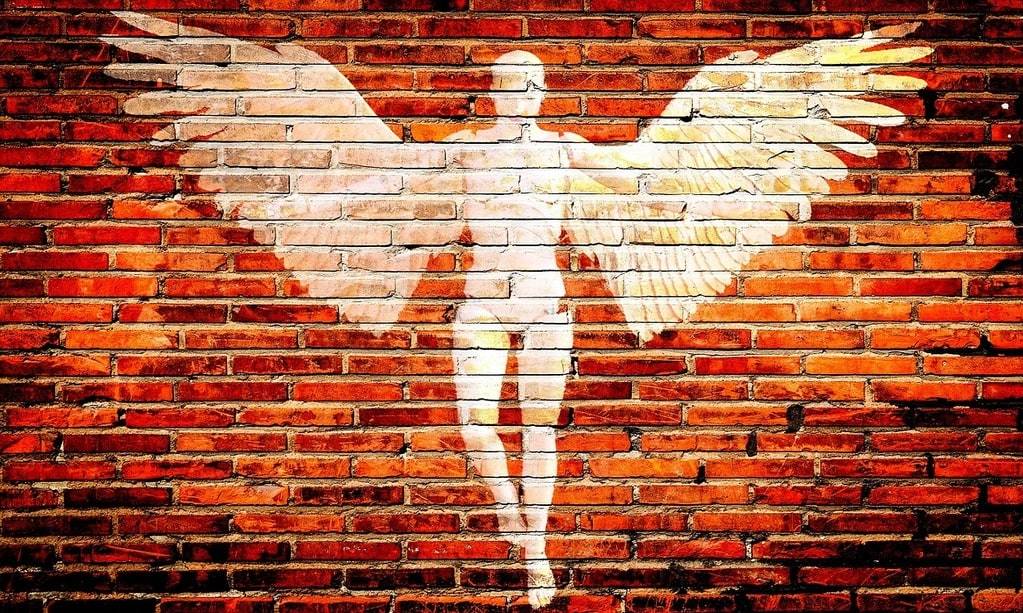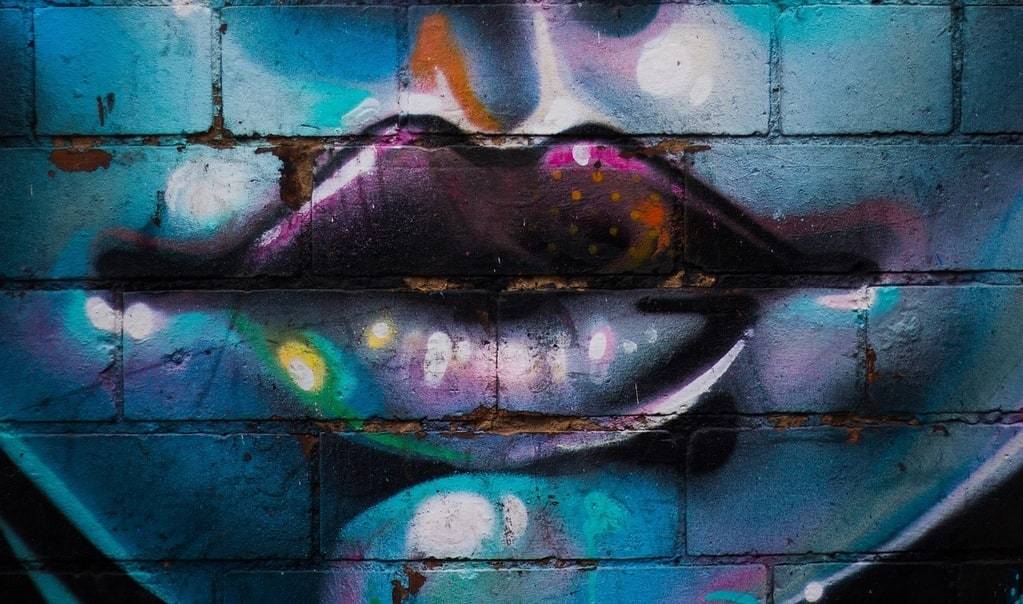
Exploring contemporary art techniques
19 February 2024Exploring contemporary art techniques reveals a dynamic and ever-evolving field that blends traditional methods with innovative approaches. Artists today are experimenting with a variety of materials, processes, and concepts to express their visions. This exploration not only reflects the artists’ creativity but also challenges the audience to engage with art in new and thought-provoking ways.
Current Trends in Contemporary Art Techniques
Contemporary art is marked by a fluidity that allows for an immense range of expression. Among the most notable trends is the use of mixed media, where artists combine different materials and techniques to create a single artwork. This approach often results in pieces that are rich in texture and depth, offering viewers multiple layers of meaning to uncover.
Another significant trend is digital art, which has revolutionized the art world by allowing for new forms of interaction and engagement. Digital artists use software, algorithms, and even virtual reality to create immersive experiences that challenge traditional notions of art and space. This has opened up possibilities for art to be more interactive and accessible to a broader audience.
Street art has also gained prominence as a legitimate art form. Artists use public spaces as their canvas, transforming urban environments into galleries. Street art often addresses social and political issues, making it a powerful medium for public discourse. This form of art is constantly evolving, with techniques ranging from spray painting to elaborate stencils and installations.

Techniques in Mixed Media Art
Mixed media art combines various artistic methods and materials to create visually and texturally complex works. Artists might use a combination of paint, ink, fabric, paper, and found objects, among other materials. This technique allows for a high degree of experimentation and personal expression. Each material contributes its unique properties, resulting in artworks that are vibrant and multidimensional.
One common practice in mixed media art is collage, where different pieces of paper or fabric are assembled to create a new whole. This technique can produce a rich tapestry of images and textures that convey complex narratives or abstract ideas. Artists often use layering in their works, adding depth and intrigue to the visual experience.
Assemblage is another mixed media technique where artists create three-dimensional compositions from various objects. This can include anything from household items to industrial materials, arranged in ways that challenge the viewer’s perception and provoke thought. Assemblage allows artists to bring everyday objects into the realm of fine art, transforming the mundane into something extraordinary.
Innovations in Digital Art
The advent of digital technology has transformed how art is created and experienced. Digital art encompasses a broad range of techniques, including digital painting, 3D modeling, and interactive installations. Artists use tools like tablets, graphic software, and virtual reality to craft their works, pushing the boundaries of traditional art forms.
One fascinating aspect of digital art is its capacity for interactivity. Artists create works that respond to viewer input, whether through touch, movement, or even brainwave activity. This interactive element makes the audience an integral part of the artwork, creating a dynamic experience that evolves over time.
Virtual reality (VR) is another groundbreaking innovation in digital art. VR allows artists to construct immersive environments that viewers can explore. This technology enables a level of engagement that is not possible with traditional media, offering a new way to experience and understand art. VR art can transport viewers to entirely new worlds, providing a deeply personal and impactful experience.
The Impact of Street Art
Street art has become a powerful tool for communication and expression in contemporary society. It transcends the boundaries of conventional galleries, bringing art directly to the public. Street artists use various techniques, from graffiti to large-scale murals, to transform urban landscapes.
One of the most striking aspects of street art is its accessibility. By placing art in public spaces, street artists ensure that it reaches a diverse audience. This democratization of art allows for a broader dialogue and engagement with the community. Street art often addresses social, political, and cultural issues, making it a potent medium for activism and change.
Techniques used in street art are as varied as the artists themselves. Spray paint is a common tool, allowing for quick and bold expressions. Stenciling offers a way to create detailed and repeatable images. Paste-ups and stickers are also popular, enabling artists to disseminate their work widely and efficiently. These methods combine to create a vibrant and dynamic urban art scene.
List of Notable Contemporary Art Techniques
Here are some of the most notable techniques used in contemporary art today:
- Mixed Media: combining different materials like paint, ink, and found objects.
- Collage: assembling various paper or fabric pieces to form a new whole.
- Assemblage: creating three-dimensional compositions from everyday objects.
- Digital Painting: using digital tools to paint and draw.
- 3D Modeling: creating three-dimensional objects and scenes using software.
- Interactive Art: engaging the audience through touch, movement, or other inputs.
- Virtual Reality Art: constructing immersive environments for viewers to explore.
- Spray Painting: applying paint via aerosol cans, commonly used in street art.
- Stenciling: using templates to create detailed and repeatable images.
- Paste-ups and Stickers: quickly disseminating art in public spaces.
Future Directions in Contemporary Art
As technology continues to evolve, so too will the techniques and mediums used in contemporary art. The integration of artificial intelligence and machine learning into artistic processes is already beginning to reshape the landscape. Artists are exploring how these technologies can be harnessed to create new forms of expression and interaction.
Sustainability is another emerging focus in contemporary art. Artists are increasingly aware of their environmental impact and are seeking ways to create art that is both innovative and eco-friendly. This might involve using recycled materials, reducing waste, or creating works that highlight environmental issues.
In conclusion, the exploration of contemporary art techniques is a testament to the boundless creativity and ingenuity of artists. By continually pushing the limits of what art can be, these artists invite us to see the world in new and exciting ways. Whether through mixed media, digital innovation, or public street art, contemporary techniques offer a rich tapestry of methods for artistic expression.